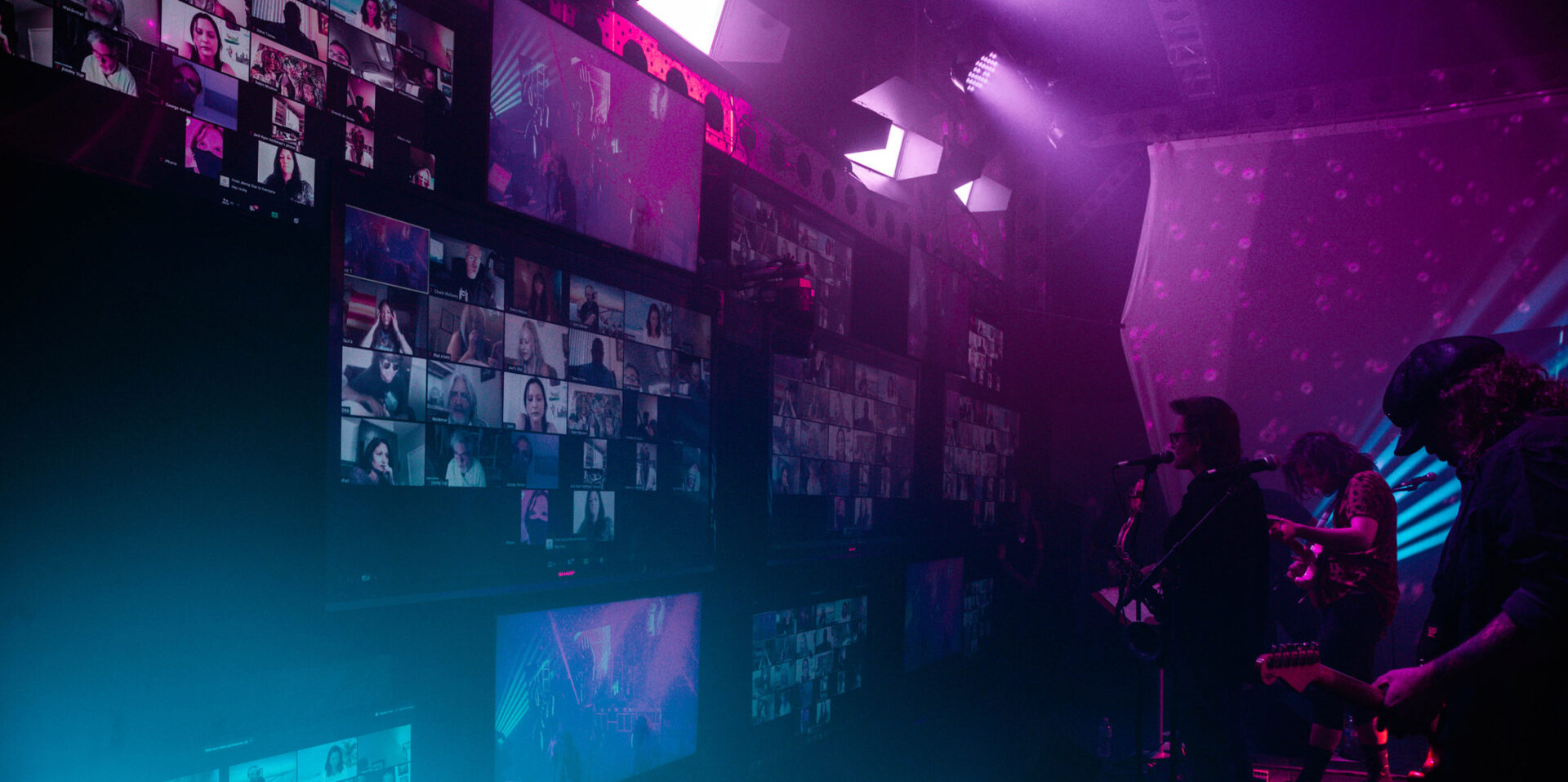Elements of Virtual Events No One is Talking About
Would you like to read another article about virtual events? One that starts with comments about being 1 year into the pandemic and… I’ll stop there. No one needs another one of those. That’s why I’d rather speak to elements that no one seems to be talking about when it comes to energizing, exciting, and interesting your audience with successful virtual events.
It is true that, with just one year’s experience, there is a lot that has been learned. That’s true for planners, to platforms, to producers, speakers, and most importantly, the audience. We’ve seen plenty of perspectives, and to be honest they all seem to blend into one. Focus on the structure and flow. Keep presentations (and days) short. Pre-record and make on-demand presentations available. Use a host or MC. Add social and networking time. And so on. Oh, and they also focus on the technology and speaker/presenter side. Purchase good quality web camera and microphone. Get your lighting right. Speak to the camera. Make sure you have a background. If you have the budget, use a broadcast studio. I could go on.
Those are all valuable nuggets. But by now, we know all that. I’d rather focus on those elements that are not spoken about. The pieces of the puzzle that SenovvA has found to be paramount to the success of your event. There are four items in particular that we’ve learned can really help to elevate your event above all others.
Digital meetings should be built by reverse engineering.
In most cases, when working with a production agency, your first step is to develop the creative based on your messaging and strategy. From there, you develop the agenda that works best for your general session.
Effective virtual meetings require a different process. Creating the agenda first is a valuable tactic to ensure that your messages are delivered effectively. Why? We have all seen the reason: virtual meetings cannot flow in the same manner as a live meeting. They are an entirely different experience than what unfolds at a live event.
With an efficient structure established, you can then wrap that session in a creative foundation that is specifically designed for the uniqueness of the virtual format.
Compare virtual meetings to television broadcasts, not live meetings.
Virtual events are not just meetings; they are broadcasts. To keep your audiences’ attention and engagement, you should think like a television producer. Think of the story. The plot. The characters. The tactics that stock curiosity, and keep the audience wanting more.
Some of the most valuable techniques include a faster pace with quick setting changes; bringing in content experts; and using a robust storytelling methodology. This last element is especially important, and it’s one that has always driven SenovvA’s high-profile work in events, creative, and our video production services.
Of course, while we conceive of it as a broadcast, a virtual meeting is still a “show”. Organization, creative, production, staging and show management are paramount. The same team members are needed to produce a virtual event — like technical directors, producers, stage managers, creative and content producers, show callers and technical staff – but every one of them must recognize that their approaches must be reimagined for the virtual environment.
Visual design and layout are critical.
The design of your event is more than just the structure, creative and videos. It encompasses all aspects of the meeting and this includes the screen looks for your broadcast and portal. You have to think about how the entire event is packaged.
How do your screen states maximize content? How do you incorporate your brand effectively on screen? How are your speakers framed? Do your speaker’s backgrounds align with the broadcast background? These are all questions we ask when designing for your event. We make things look great on screens for years and virtual events are no different. Simply dropping your meeting onto Zoom isn’t enough – not when so many highly advanced and conference-specific platforms have emerged in the past year.
Your platform is a tool, not a solution.
Speaking of platforms, there are many tools needed to create a successful event. Creative foundations and theming, video, engagement tactics, networking, and social events are just some examples. Your platform is just another one of these tools for your event.
Unlike in a live meeting, picking your venue first is not the best approach. You’ll be locked into the parameters of that platform, and not free to imagine how your event could unfold. Instead, develop your agenda, creative your foundation, understand how to engage your audience best, then choose the best platform – the best tool — to combine these elements and bring your message to vivid life.
Ultimately, there are a lot of learnings about virtual events that can now be considered universal. It’s the next-level insights that will define the events that are most memorable, most motivational, and most effective. Have this in mind as you join with a partner to support you and develop every element of an exceptional virtual event.


